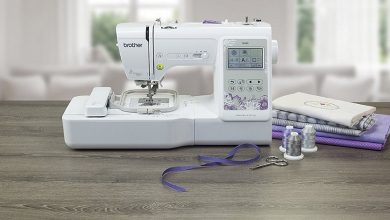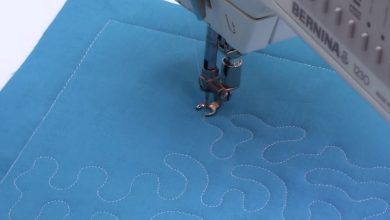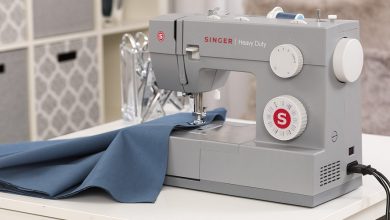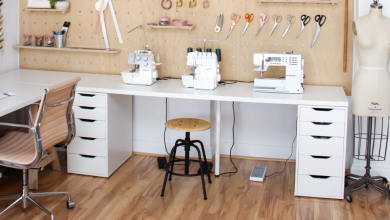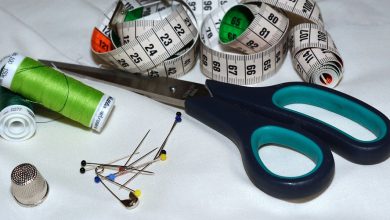Whether it is to finish off a quilting project or another sewing related, an iron for sewing is the ideal product to ensure the finished article looks its best. However, some products just aren’t up to scratch, and having a quality steam production is one important trait to make sure the iron has before buying.
This and other attributes are included in the following buyer’s guide. It is designed to make life as a sewer easier, professional, or enthusiast.
Variable Controls
Being able to increase and decrease the steam pressure and temperature of the iron is an important part of ensuring it is suitable for each fabric. This opens up more potential uses for the iron and it all comes down to how easy the dial is to use, as well as the number of settings.
Safety Features
Anyone who has owned an iron for long enough will have left theirs on when they are not using it. This is dangerous, but modern irons for sewing often have safety features to help avoid accidents. Some will switch off after 30 seconds of no use when on its side or left motionless for too long.
Large Soleplate
To offer the coverage that requires fewer pushes over the garment, the soleplate needs to be large enough to take some of the strain out of ironing out creases and wrinkles. Some brands will go for an extra-large plate to make this easier, and having plenty of steam holes is important for an even distribution of steam.
Anti-Dripping Technology
Changes in temperature can cause dripping which is one of the annoyances of using a low-quality iron for sewing. The better products counter this to ensure the water is regulated at the proper temperature. Any built-up residue deposits can cause iron to drip, which then requires extra attention and extends the time it takes to iron the material.
Heating Time
Unless it takes a good ten minutes to heat up (some take even longer!), then this shouldn’t be too much of a problem but keep in mind that some brands are good to go within 15 seconds of switching on. This can help you get going when you are ready, rather than being at the mercy of the iron to give you the green light.
Wattage
Without the power to generate enough heat, the iron will take a long time to reach certain temperatures and lack the power to generate sufficient steam. A decent wattage tends to start at around 1,000 watts but the better products will offer more. Anything around 1,400 is a good place to start.
Water Tank Capacity
Having to refill an iron frequently can get annoying, especially when using more steam on a particularly wrinkled material or garment. This is where a large capacity comes in handy. The best irons for sewing tend to have well over 5 oz of space for plenty of water. Non-steam irons don’t have this problem.
Comfortable Handle
The better the grip, the easier it will be to move the iron over a large surface. It is unlikely that the handle will start to cause hand fatigue, but a little comfort from an ergonomic shape and comfortable material always helps.
Size
A lot will depend on the intended use as a portable iron for sewing will need to be smaller. This will result in a lower wattage and fewer settings but you are paying for the convenience. There is no need to save space for most people, so a full-size iron is best.
Self Cleaning
This relates to the mineral build-up, with some brands being capable of removing this so it does not impact the performance of the iron. Another way to counter this is with distilled water rather than tap water which can lead to the build-up of calcium.
Cord Length
No matter how good the iron is, if the cord isn’t long enough, it is going to make life difficult. A cord of around 8 ft and above is plentiful and any brand that has a retractable cord is even better since it is easier to keep out the way when not in use.
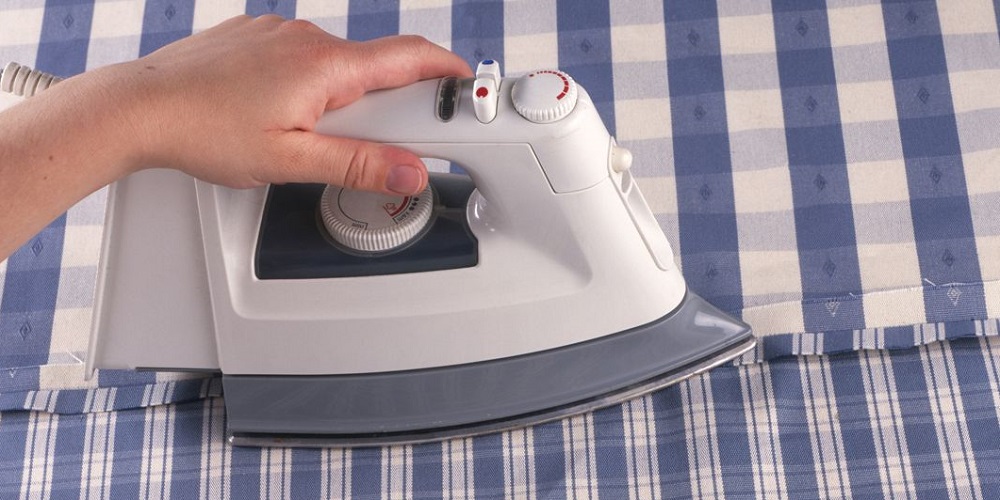
Most steam irons can still be used for smoothing applique pieces. Because of their small size and numerous shapes and sizes, it is always best to look for a product with a narrow tip. Most irons tend to have these anyway but they help get into awkward corners.
We like the Rowenta DW5080 1700-Watt Micro Steam Iron out of all the products we took a look at. It came out on top based on the fact that for a reasonable price, it offers 1,700 watts of power, is a convenient size, and has 400 small holes on the footplate to allow for even steam distribution. This results in 35 gallons of steam a minute, which is much better than most.
Made in Germany, it has a large 10 oz water tank and a 3-way shut off system for the user’s safety.
One of the main reasons many sewers are particular about their iron of choice is that it has so many uses. Before making any cuts, it is important to iron th material first. This improves accuracy and makes measurements true. Be mindful of the material you are using before you start to iron and if any areas are proving tricky, extra steam is usually a good idea.
The good news is that there are plenty of reputable products available for under $50. Some of the chosen products on our list above fall into this category and our top pick can also be picked up for well under $100. Just because they are well suited to sewing projects doesn’t mean they cost a lot more.

